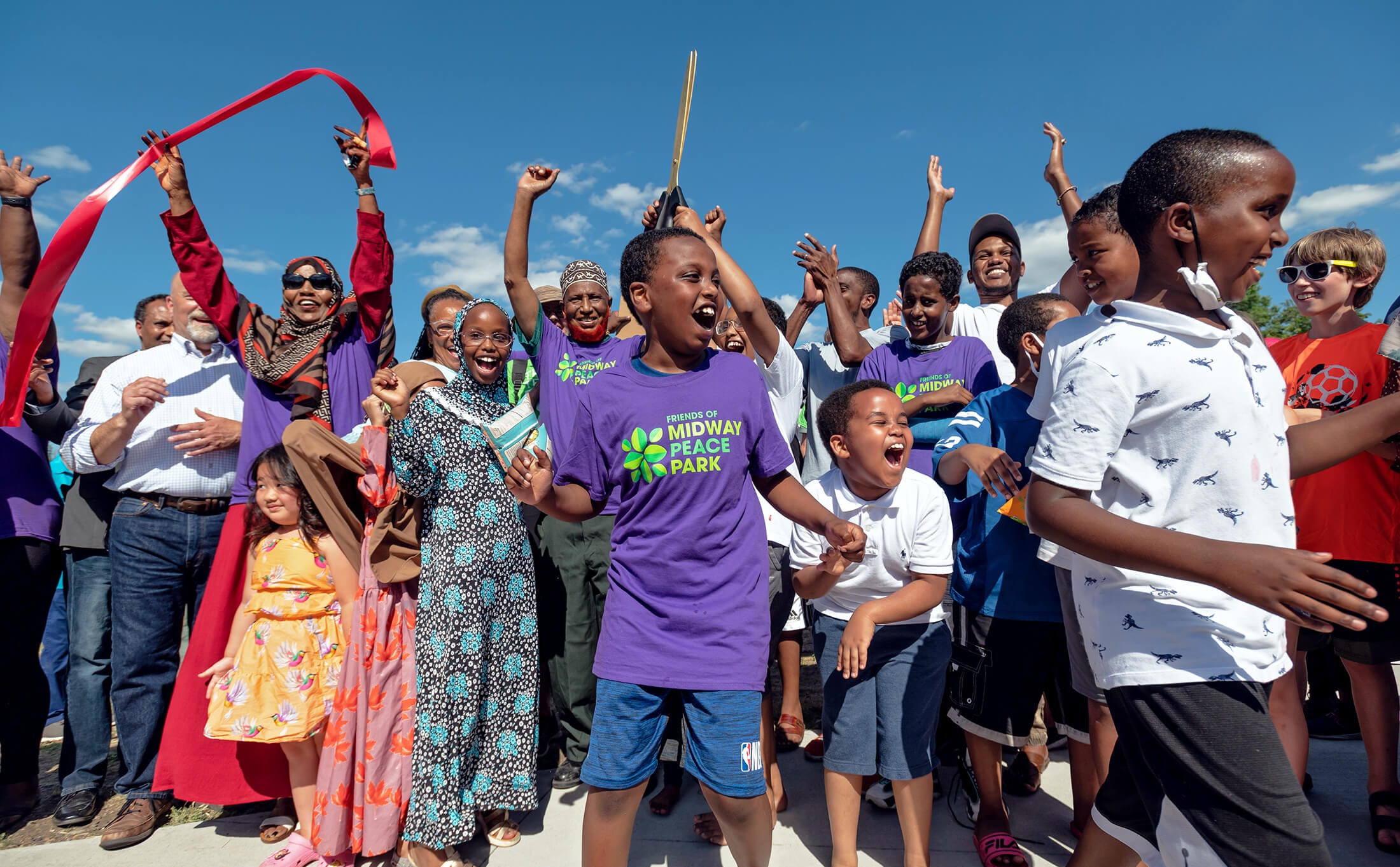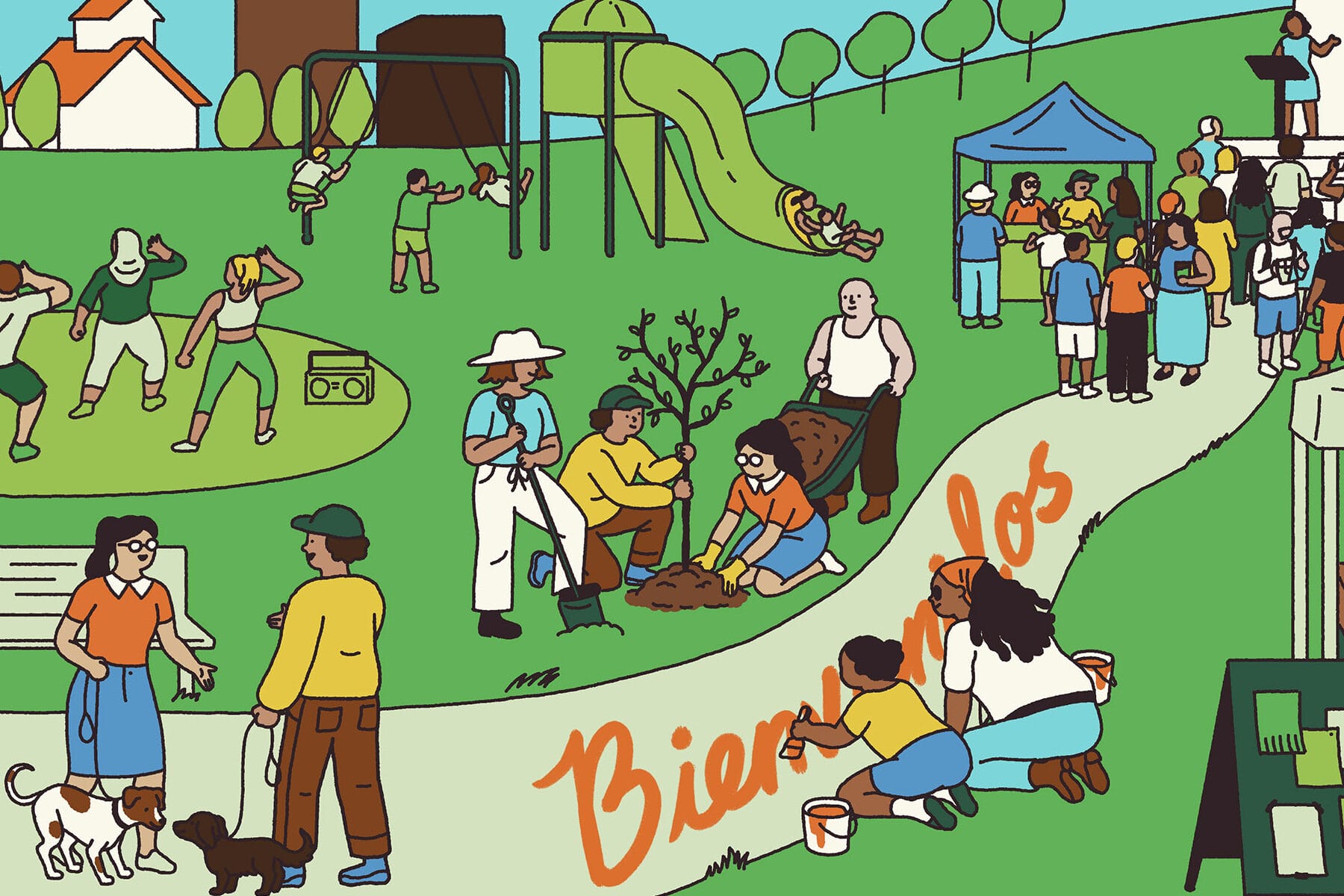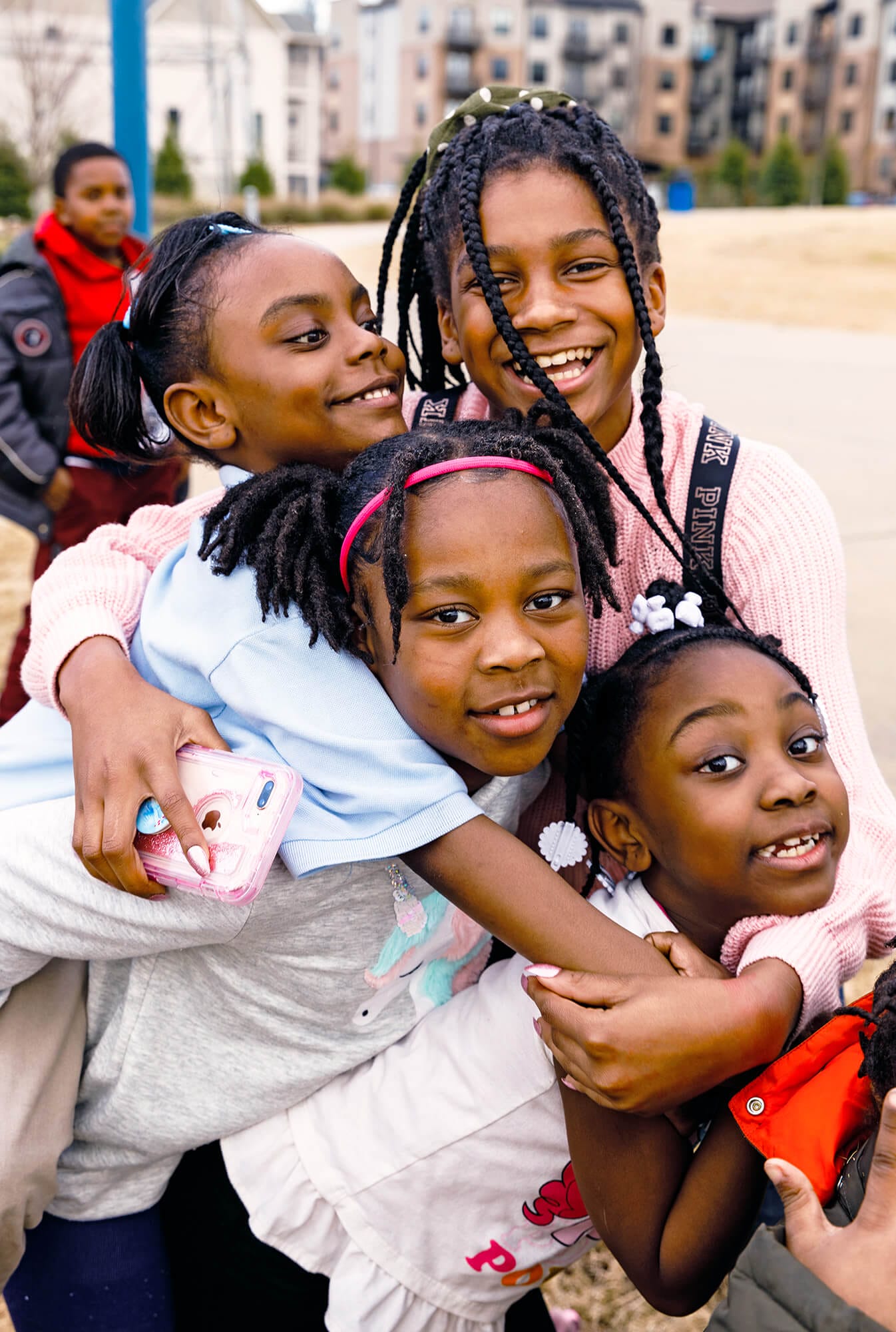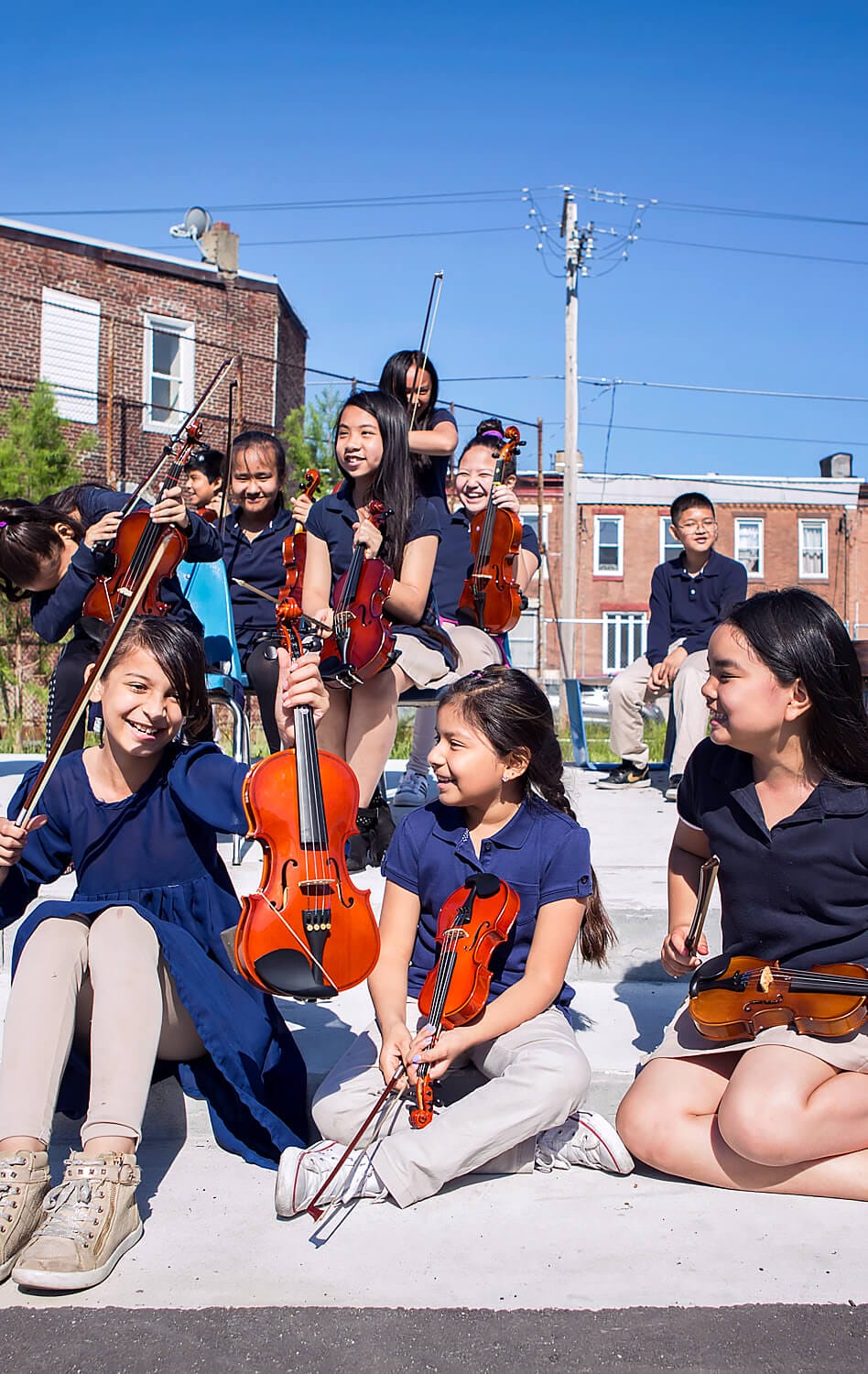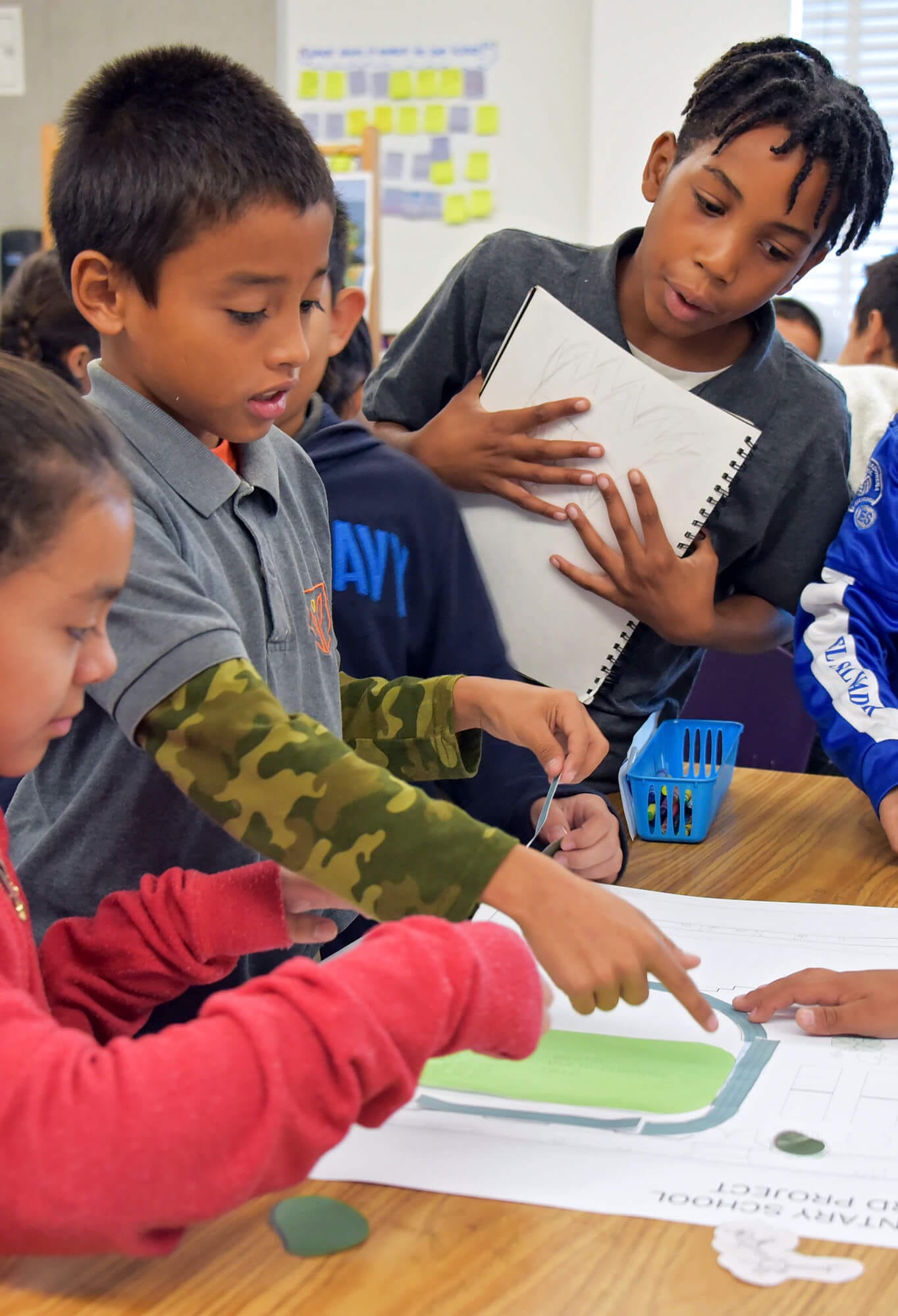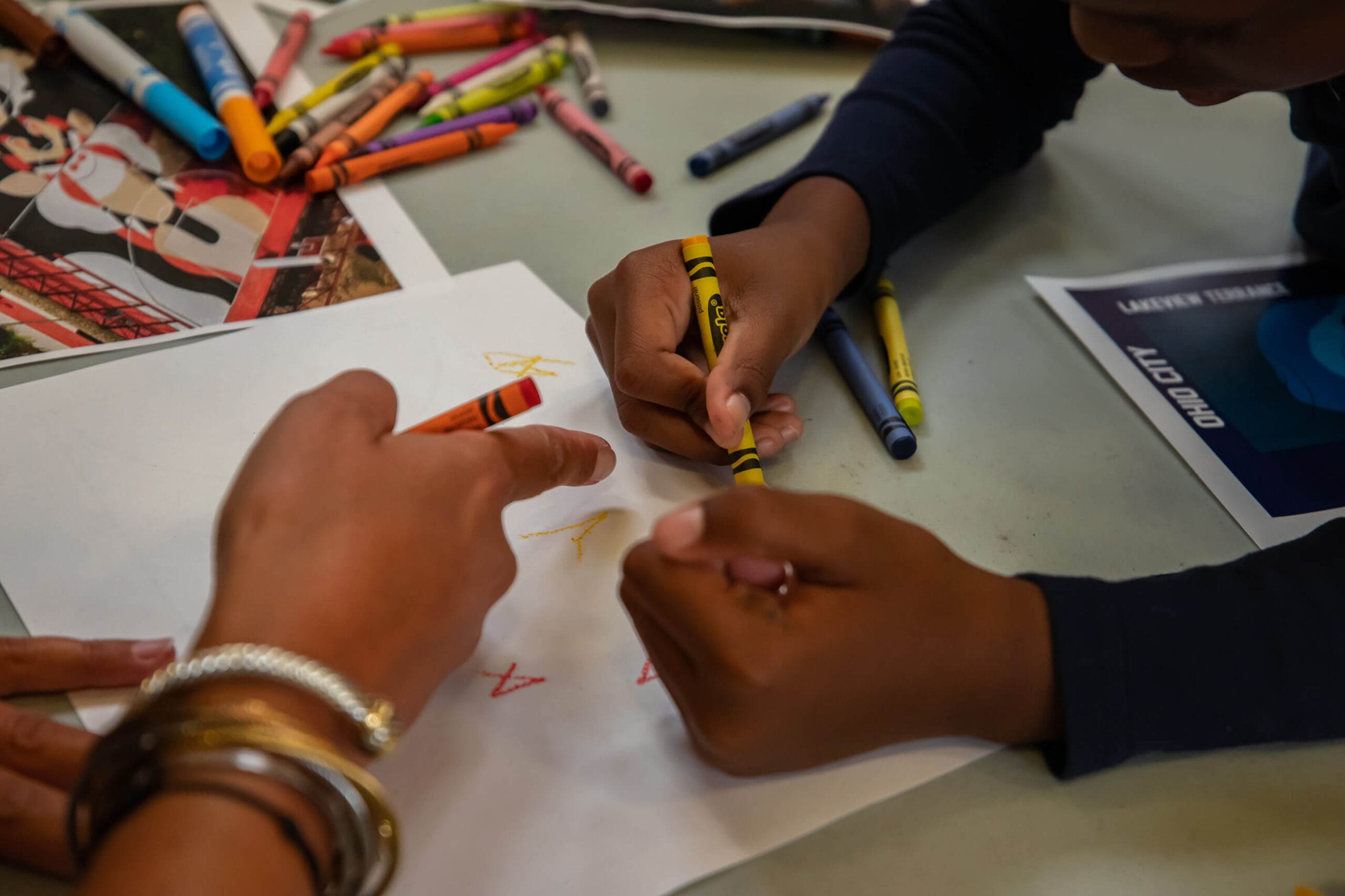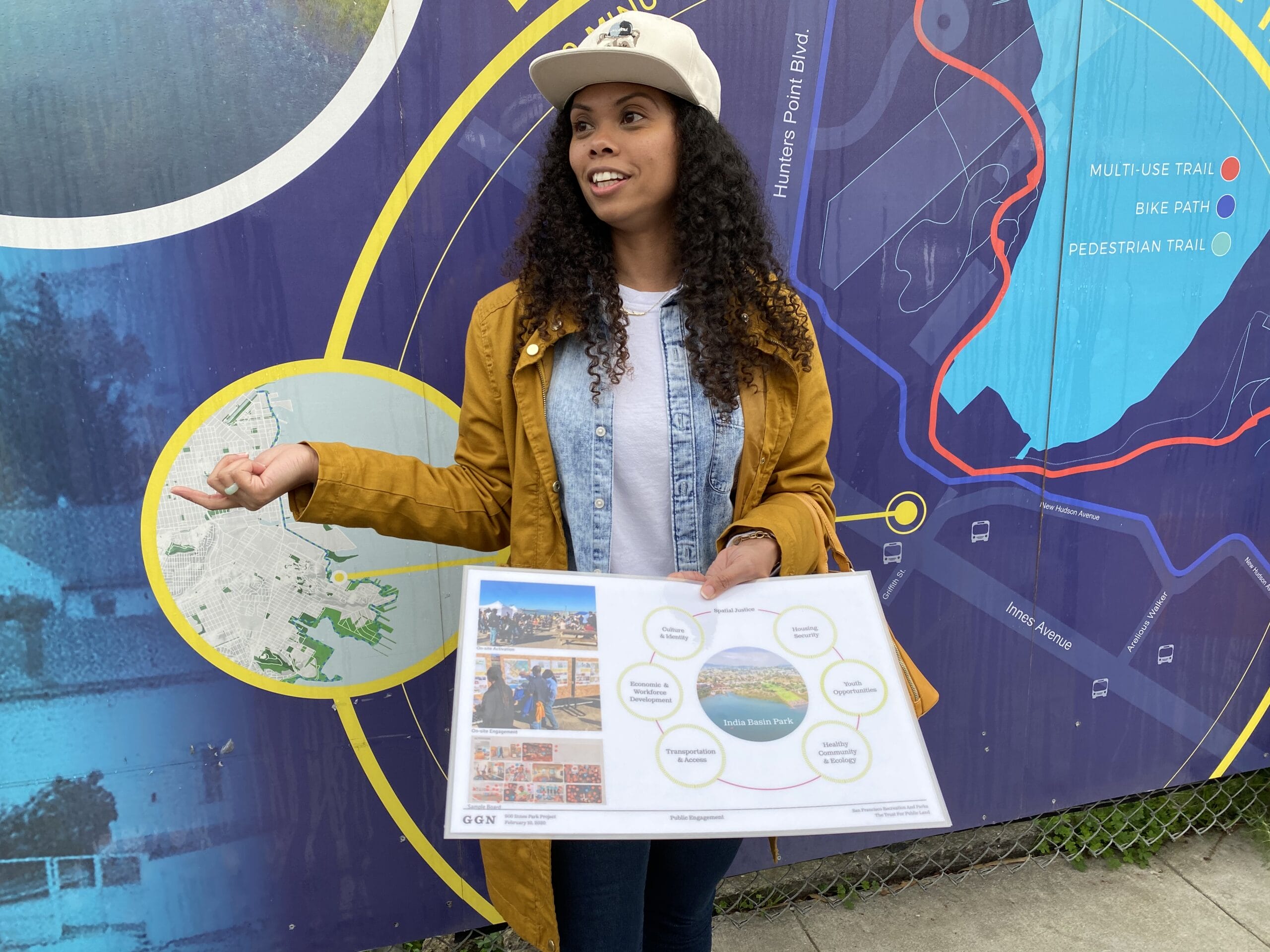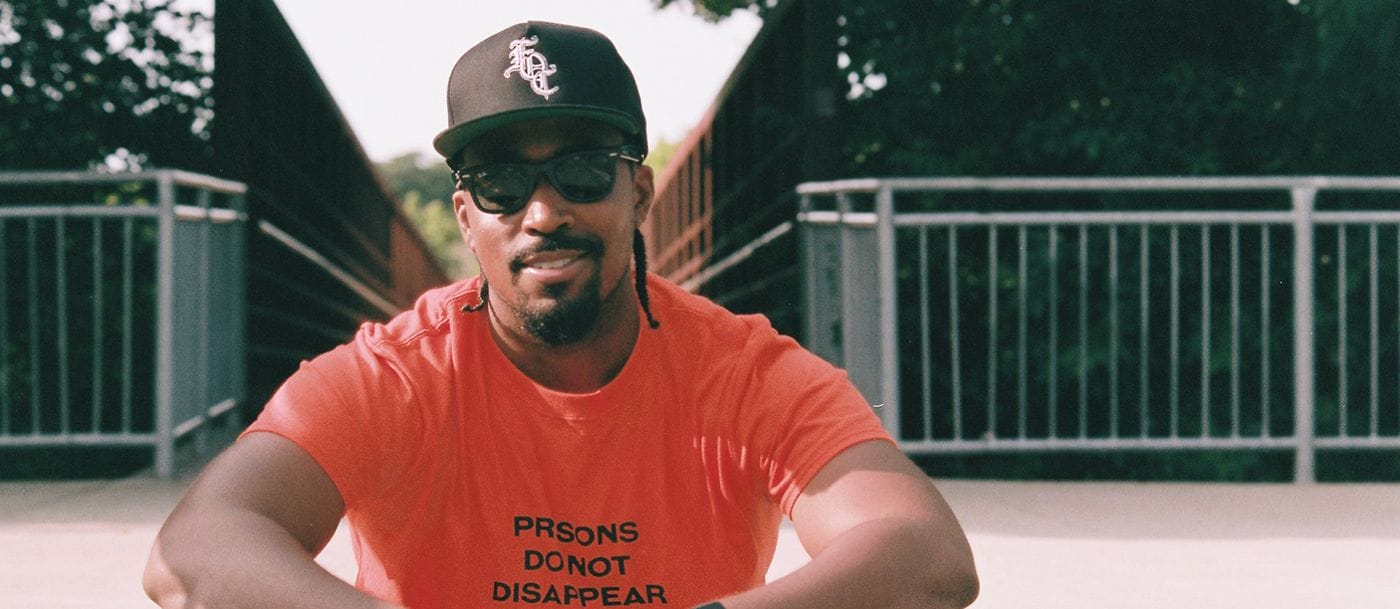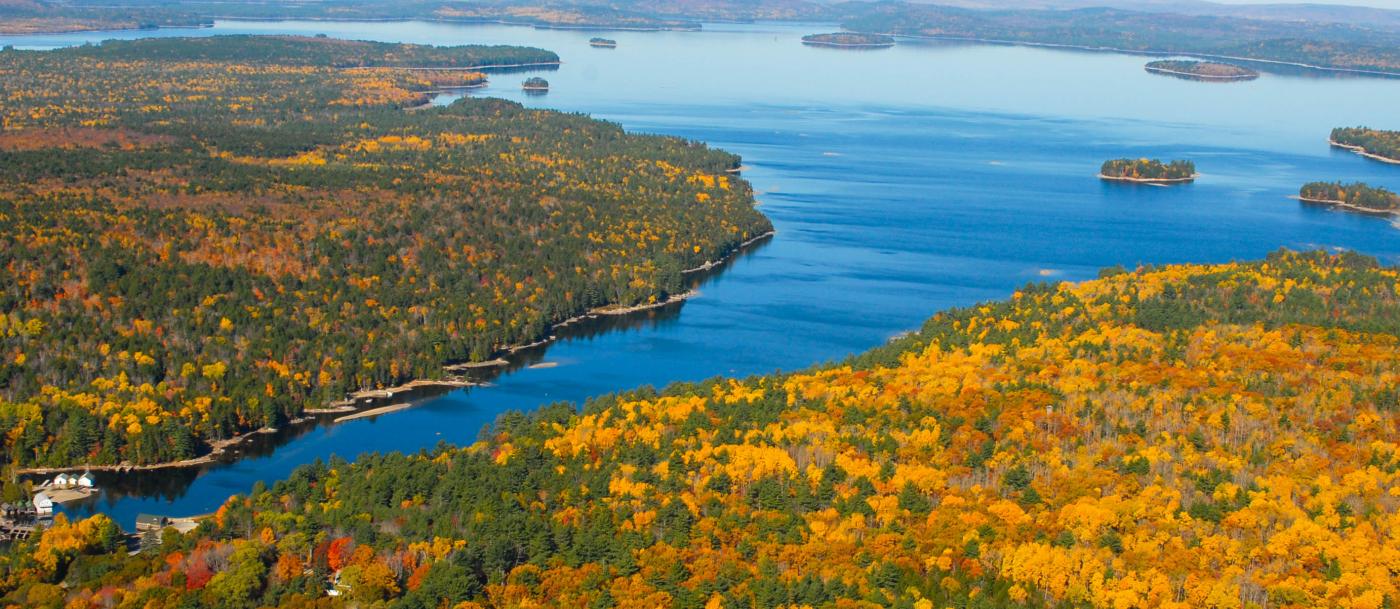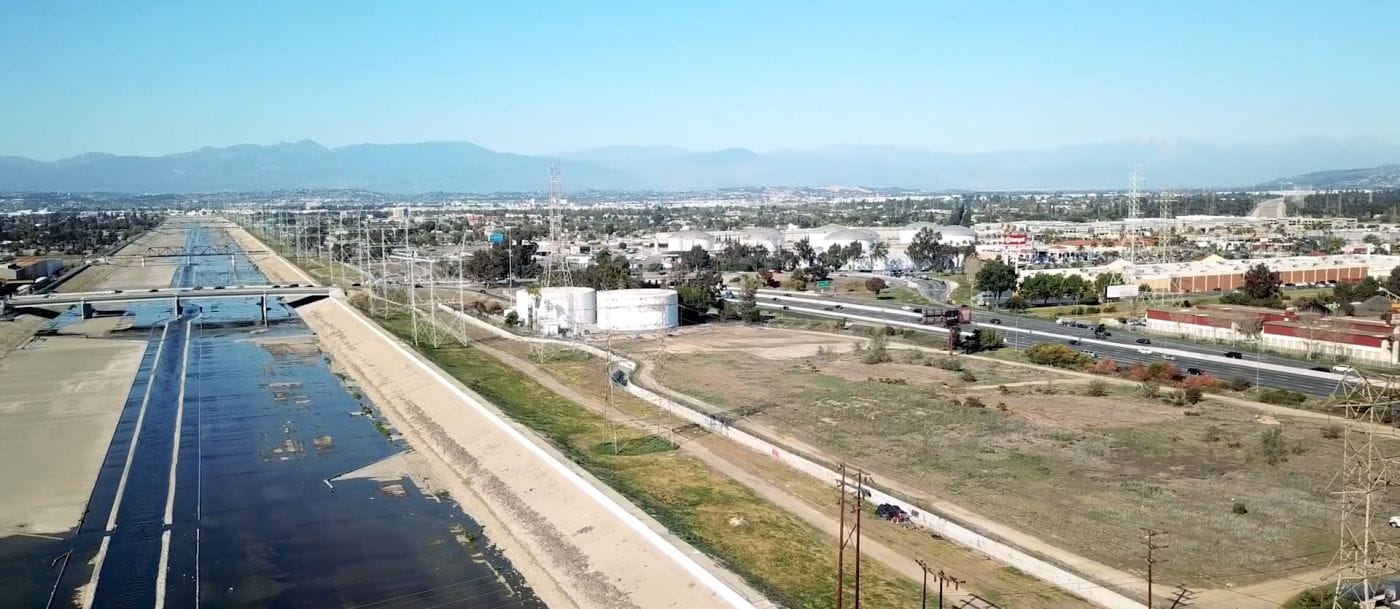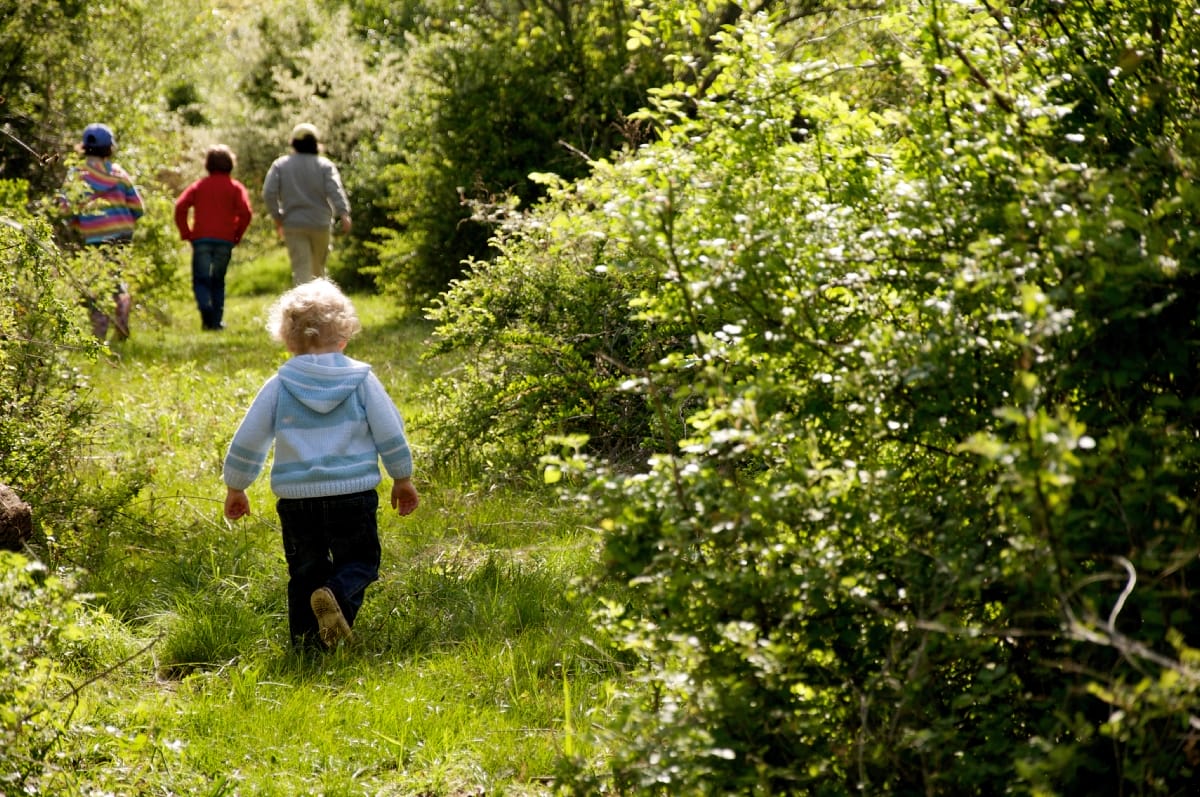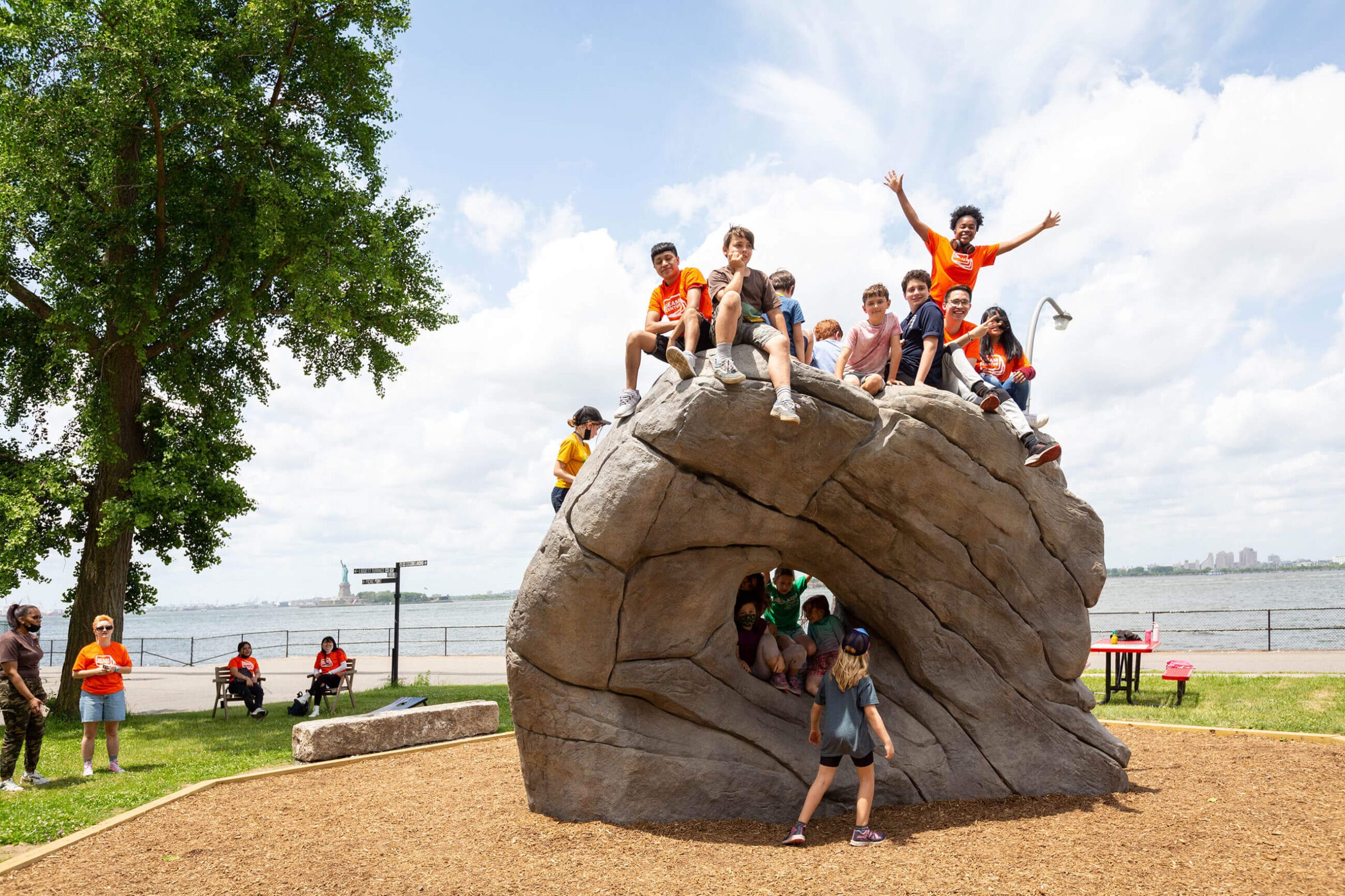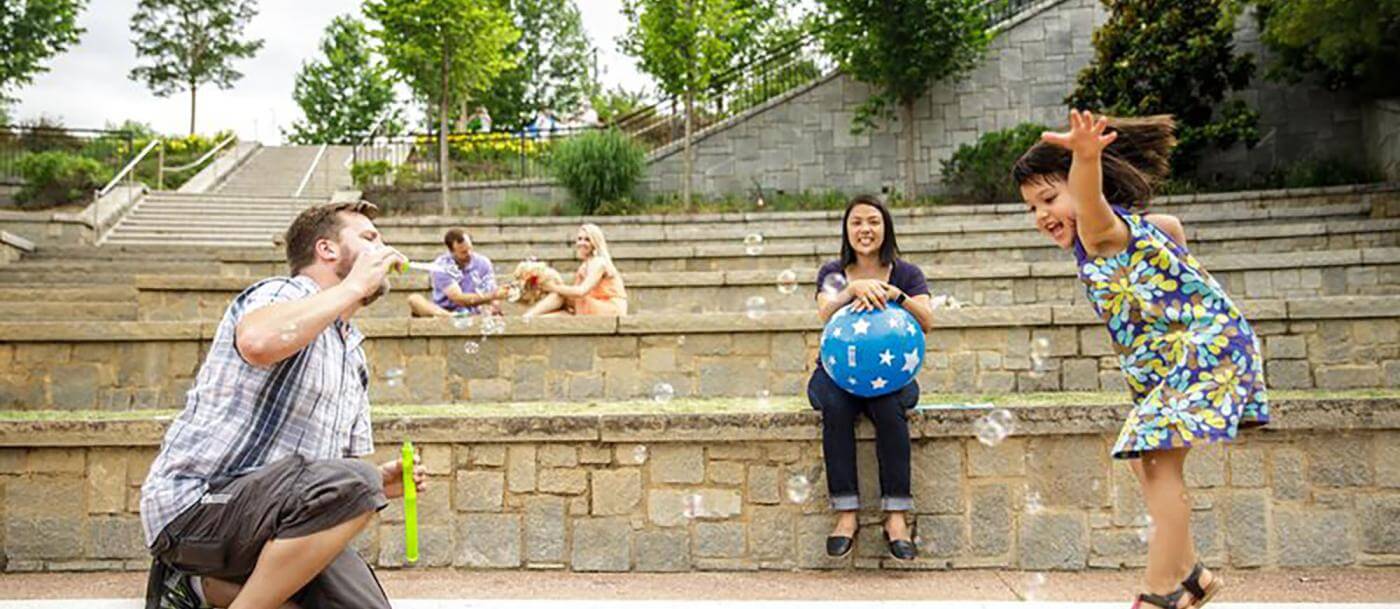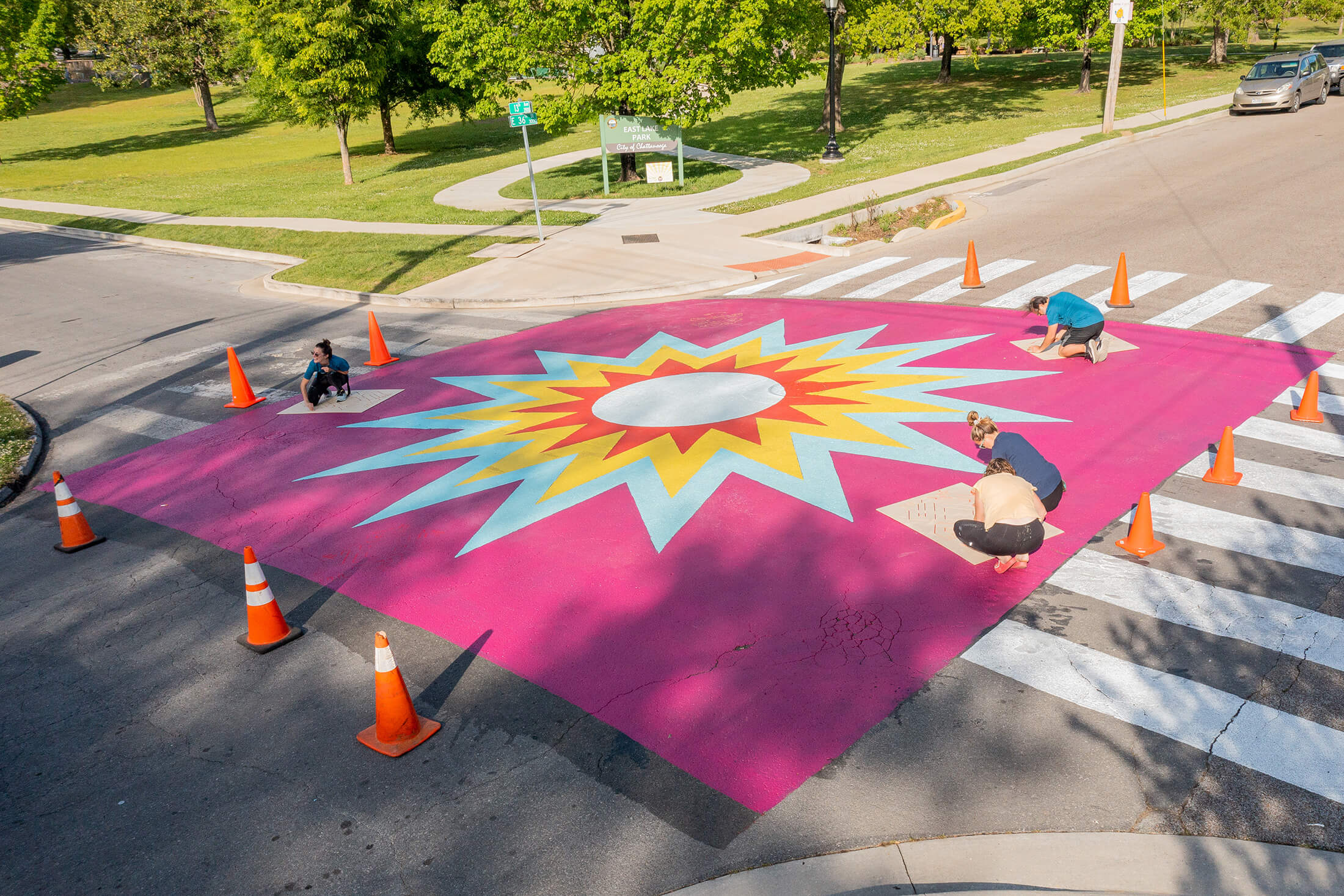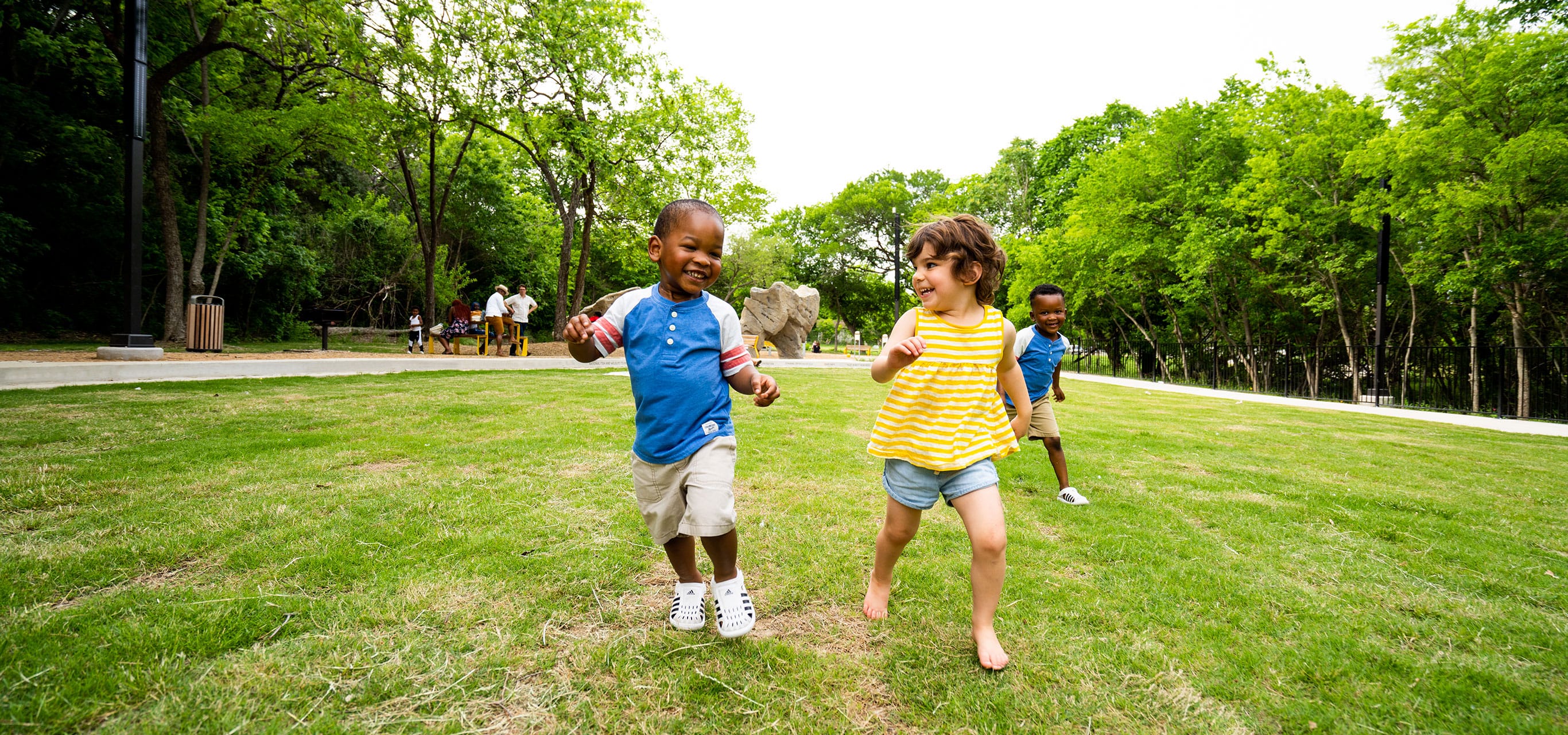Community Is the Heart of Everything We Do
From strengthening social bonds to building climate resiliency, we know parks have the power to transform communities. Support Our Work
Improved health. Social resilience. Civic participation. Economic well-being. When neighbors are intentionally and consistently brought together in common spaces that bring them pride, united through park access, design, engagement and stewardship, these community-wide benefits become the norm, rather than the exception.
Research points to a need to understand what makes spaces function as so-called “social infrastructure.” We maintain that parks are not merely settings for bringing people together. Rather, they are catalysts for propelling a broad agenda of social initiatives and achieving a wide range of community goals.
Based on decades of field experience, we introduce the On Common Ground Framework, a set of engagement strategies that guides Trust for Public Land staff and our community partners as we work together to form social relationships, elevate community identity, and develop community power.
Parks empower communities to tackle social, health, and environmental challenges.
Green spaces not only foster social connection—they also give people a space to build a vision of the future together.
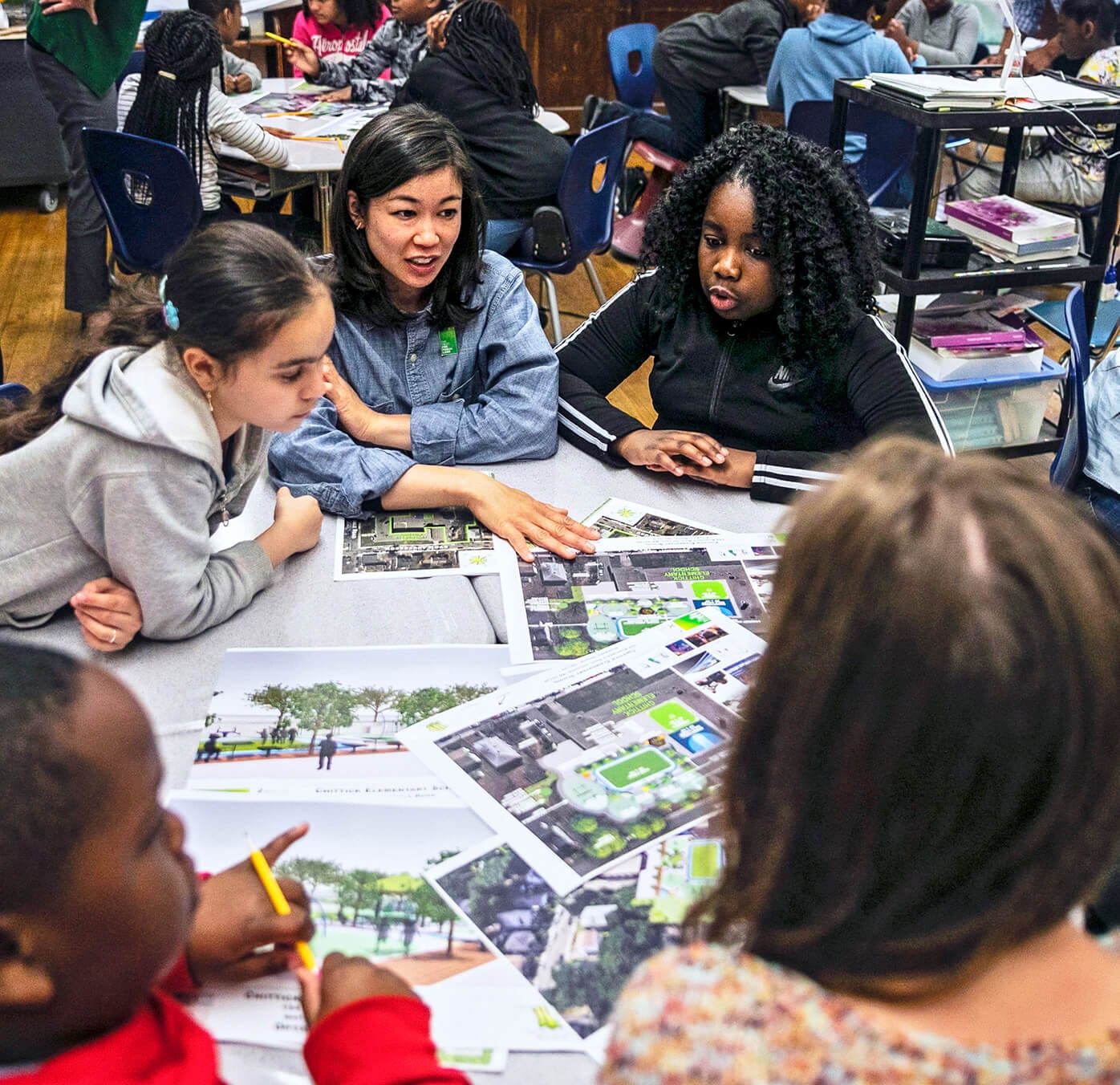
Research shows that green space and public space are among the leading factors to having deeper social ties within communities—and when communities come together, they become stronger.
Open spaces embolden people and communities: leaders who envision and help create a park and emerge ready to confront even greater challenges; kids who participate in the process and come to see themselves as part of a larger collective; and seniors who leave a legacy of public land for future generations to cherish.
We are investing in resources that make it easier for land stewards everywhere—urban and rural, red to blue, U.S. born or immigrant—to unlock their communities’ potential through the creation and activation of parks, trails, schoolyards, and land.
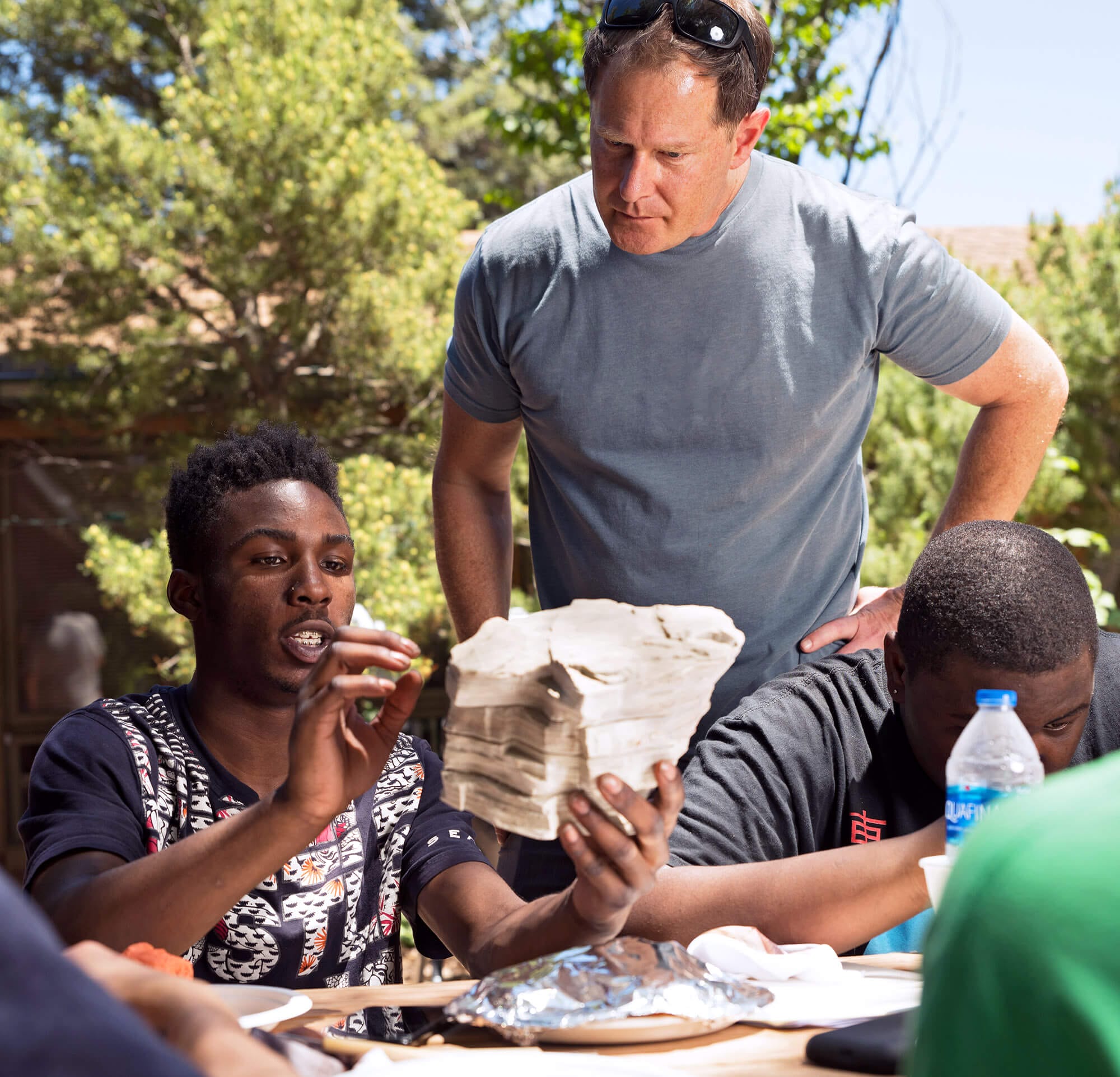
Our decades of working with communities and local leaders from a diverse cross section of the country has taught us that it’s the process of designing, programming, and stewarding public spaces that really catalyzes the building of community.
We work with communities to help make their vision of green space a reality. That means collaborating with city officials and community groups to generate funding and create parks that address health needs, reflect local culture, and meet the community’s aspirations. This collaborative process ensures every park is welcoming, well-used, and well-loved.
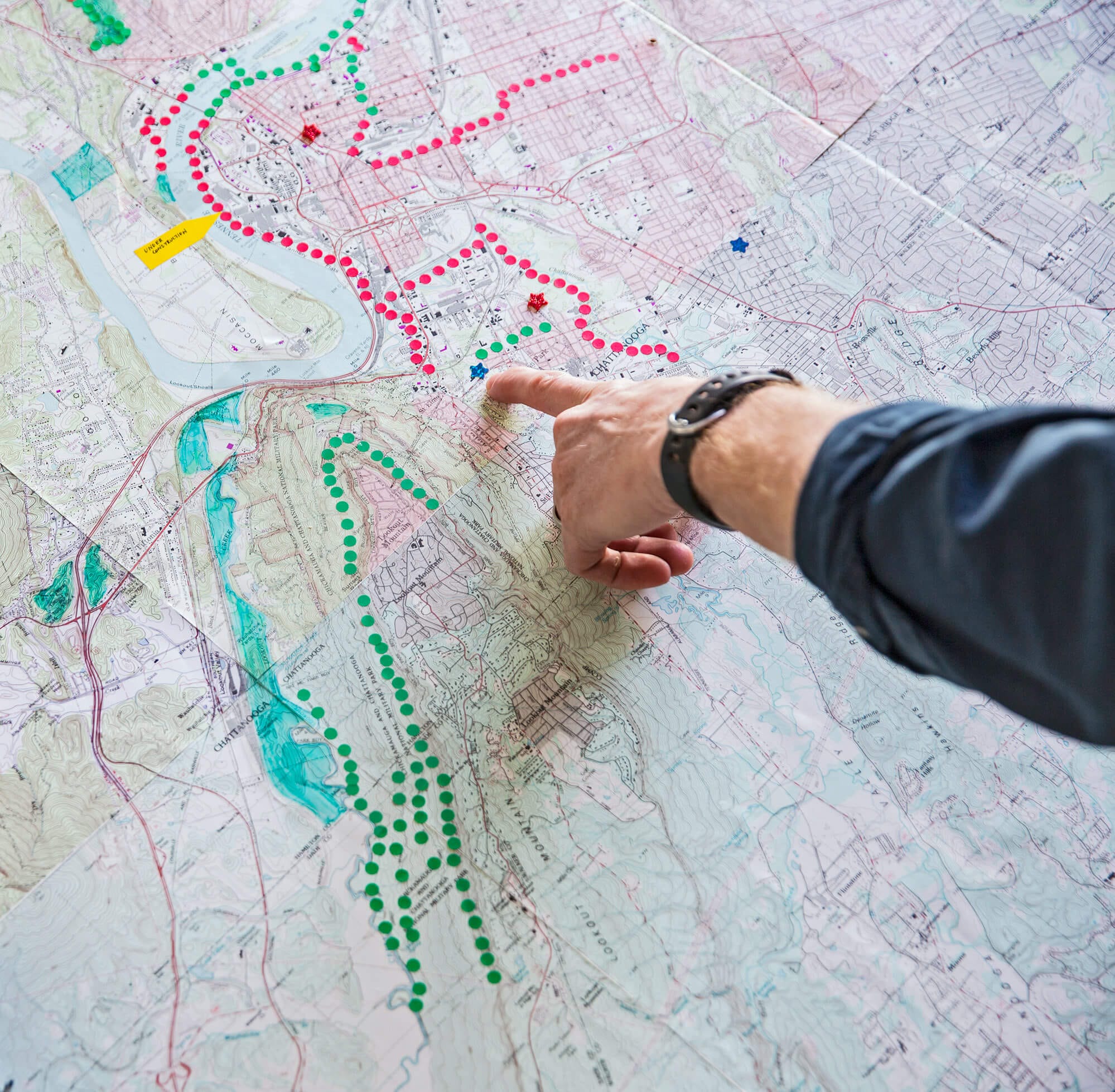
Our innovative data collection helps us see where nature-based solutions can make the biggest impact on communities. Employing thorough analysis of parks across the country, we’re able to see where green spaces can help improve economic activity, education, physical activity, and climate resilience.
Green spaces can do so much for a community, from boosting public health to mitigating the effects of climate change. See how we’re working to connect people to parks everywhere.
-
Relationships
To create communities with strong relationships, start at your local park.
Evidence shows that neighborhoods with parks have stronger social networks than those that don’t. These social connections make communities more responsive to challenges such as preparing for and coping with natural disasters, improving public health, and building trust with local governments.

-
Identity
Parks are incubators for culture. Inclusive, safe public spaces are where cultures connect and individuals take pride in their community. This type of connection and sense of identity is vital for an ever-diversifying and -digitizing country. Not only can open spaces preserve important cultural and historical sites that celebrate communities, but they can also provide safe, quality spaces for education, programming, and cultural events.

-
Empowerment
Individuals are healthier, happier, and more connected to one another when they spend time outdoors, all of which makes for stronger communities. Because our participatory process is inclusive and respectful, every project we support leans on the expertise of residents, leaders, and partners—honoring their wealth of knowledge. And when community members take part in the creation and upkeep of local parks, it gives them the confidence and agency to dream up even bigger solutions—and make them happen.

Urge your representatives to make green spaces a priority. Add your name to one or all of our current petitions and help us take a stand.
Read more about how we work hand in hand with communities across the country.

